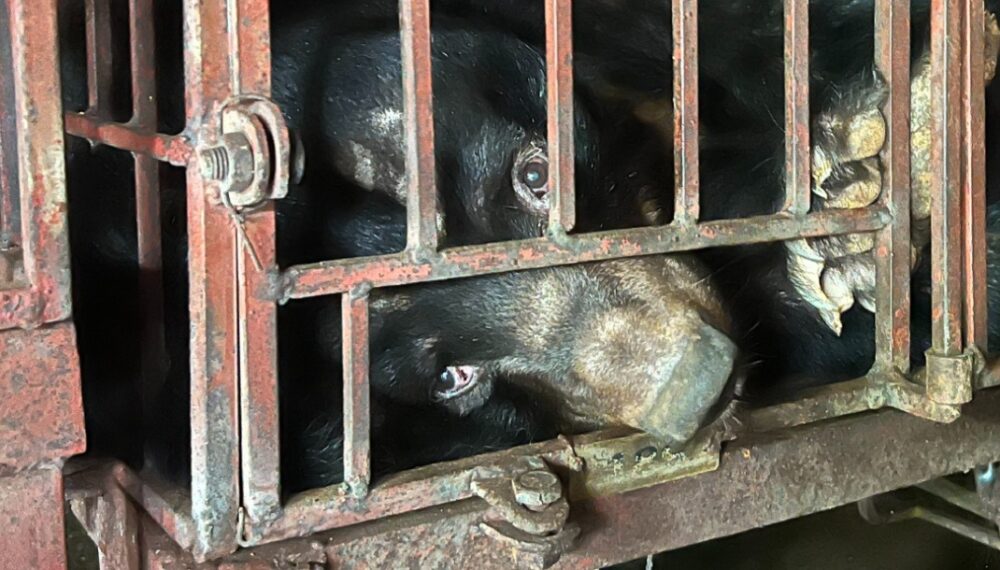
Bear care
Every bear rescued by Animals Asia begins a new life the moment they arrive at sanctuary. Some are terrified cubs; others come from bile farms or circuses, carrying physical and emotional scars from years of mistreatment.
These bears are individuals, with distinct personalities, histories, and needs. That’s why we tailor every aspect of their care – from medical treatment to socialisation – to give them the best chance of healing and thriving.
Explore how we care for life
-
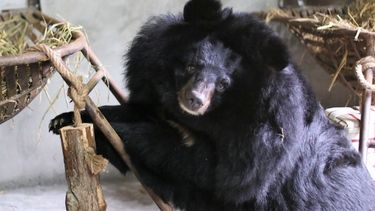
The first 100 days at sanctuary
The first 100 days at sanctuary are critical for a rescued bear - the foundation of healing, trust and freedom.
-
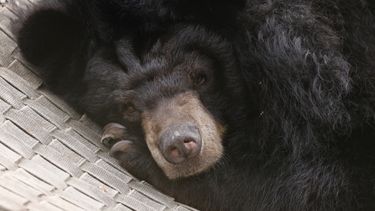
Healing the body
From dental surgeries to life-changing mobility treatments, explore how we heal bears' physical wounds.
-
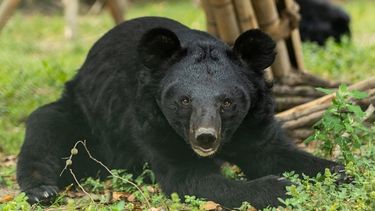
Healing the mind
Many bears arrive at sanctuary shut down by trauma. Find out how our carers rebuild trust with love, patience and compassion.
-

Restoring natural behaviours
Learn how rescued bears rediscover natural behaviours – from foraging to climbing, digging and play.
-
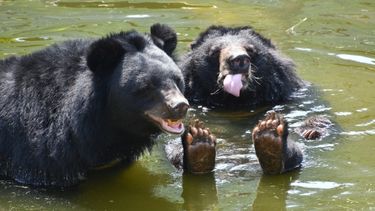
The healing power of friendship
From isolation to forming lifelong friendships - discover how rescued bears connect and heal together.
-
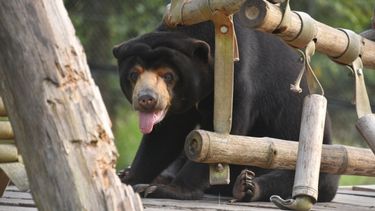
Innovations in care
How Animals Asia is transforming lives across Asia's sanctuaries through pioneering vet care and bear-focused innovation.
Help us put an end to animal cruelty
Animals are being captured and exploited every day. Animals Asia has helped thousands, but there is always another animal in need of our help. Please donate today.
Donate now